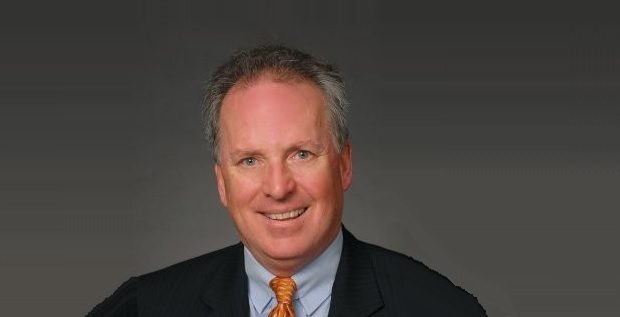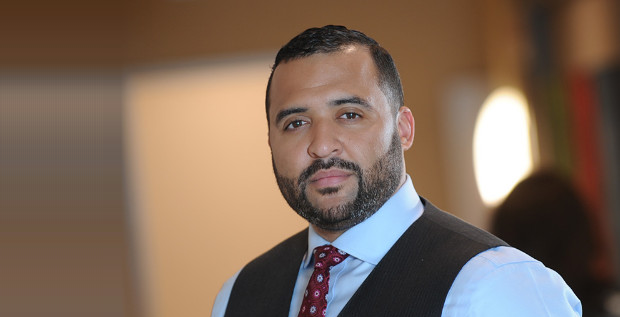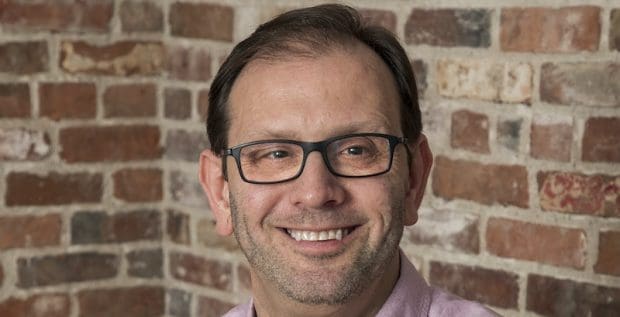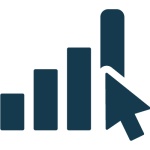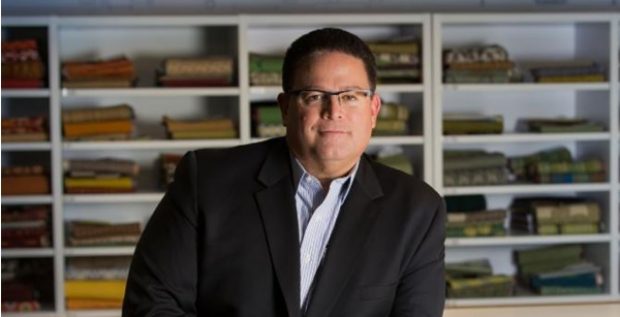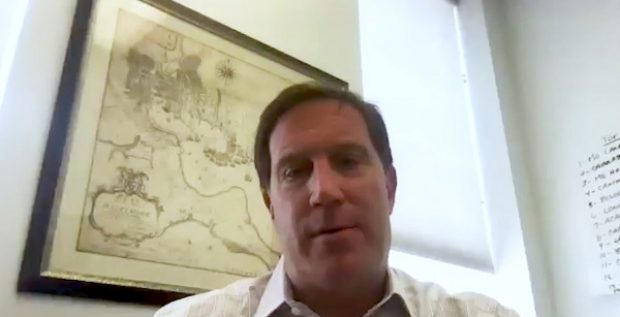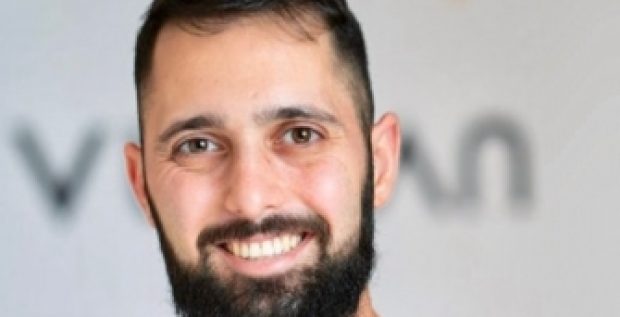Robert Herrera is co-founder of The Mill, a coworking space in Wilmington, Delaware. Finished in 2015, The Mill provides working areas, fast internet connections, and other local benefits to small businesses, startups, freelancers, and remote teams. Members can buy 24/7 access to desks or private offices, and can book conference rooms of various sizes. Tenants include Aztec Exchange, Bifferato, Fair Square Lending, Tapp Network, Sports Challenge Leadership Academy, and many more. Robert, the project’s lead architect, previously worked at international architecture firm Perkins Eastman. The Mill opened its doors in April 2016 and membership filled up almost immediately; another stage of construction is currently underway.
Robert Herrera spoke with citybizlist publisher Edwin Warfield for this interview.
EDWIN WARFIELD: Where did you get your start?
ROBERT HERRERA: I majored in architecture, went to New Jersey Institute of Technology. I went there because it was all I could afford at the time with a full scholarship. I played soccer. I really had a good experience in that.
There were a lot of architectural firms that were hiring from there. I interned with a company called EPoc Partnership. They were a startup, so it was an amazing experience because I got a whole realm of things from doing penthouses overlooking Central Park, which was built for Solomon Brothers employees—they went out of business that summer, which was awesome. It was cool to see that experience and be a part of that history—to see them get humbled overnight, because they were certainly not humble clients. Similarly, we did the Javidson expansion—we were consultants on the green sustainability side for them working with Rogers and a couple of big-name architects, which was a wonderful experience—being a young kid in a room with those guys.
I stayed with David Ennis for four years, throughout my whole college experience. Dave has been an amazing friend and mentor. He runs that company and he’s grown it—he’s done very well since then. But after 2008, he laid off all his employees and kept me around working for free, but then he got me a job at a company called Perkins Eastman.
Perkins Eastman architects is now, the last I checked, the largest architectural firm in Manhattan, at least in terms of number of employees. I got hired during the Recession, to do hospitals. I worked at Memorial Sloan Kettering Hospital with their new expansion, which was a wonderful experience. I worked on North Shore Long Island Jewish Community Hospital. I did a lot of hospitals. It was not beautiful or glamorous work. I really didn’t like it.
I started looking elsewhere and that word got out, so they moved me into high-end residential buildings, which was my passion for a very long time. I was very seriously pursuing a career in doing high rises. As an architect, I loved it. I was on the fast track. My team started growing, started doing a lot. Then, one day, only because of the way I looked—I was young and moving up and had a team—they brought me into a meeting with one of the larger co-working players in the country, along with a few others. It was after I just ended a job with Steiner Studio so it fit in nicely. So from there is started designing co-working spaces and it caught on like a bug, I moved the team into some of the facilities, started working out of there, started learning. My team ballooned up and started growing as that industry began growing, and we became tagged as “the co-working design team.” If you wanted to do a legitimate space, you would come to us: it was called S9 Architects, an offshoot of Perkin Eastman.
At that point: family events—I had a son, was doing very well, my career was ballooning off, my wife wasn’t so excited about living in a studio apartment in New York City, so we worked our way back to Delaware. The commute was killing me, so we started looking at other opportunities, talking about other things. I was going to build my own architecture firm, which is really in the design world where my passion really lay. Lo and behold, one of my good friends, Andres Pastoriza—I worked with, he’s a principal at Perkins Eastman—called up Chris Puccini, a guy I didn’t know at the time and said, “Hey, there’s a young kid who is living on your back porch. You should check him out.” We had a coffee at the Starbucks in the Nemours Building, which coincidently is where The Mill ended up landing, and it just took off from there about concepts and ideas, and “Hey, why don’t you do this?” So, I was sort of an entrepreneur by accident.






